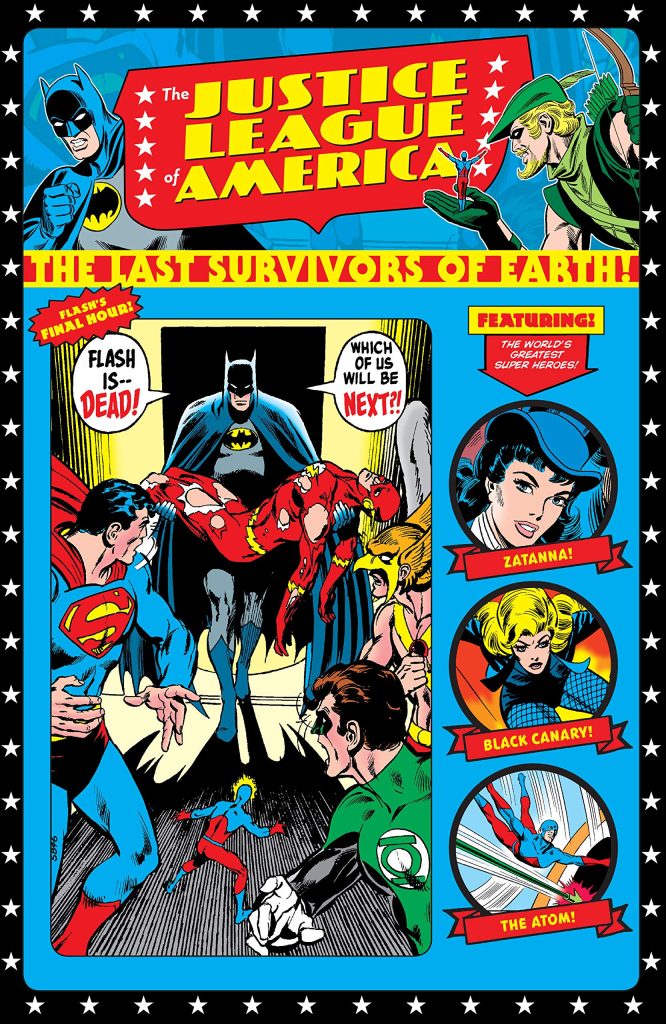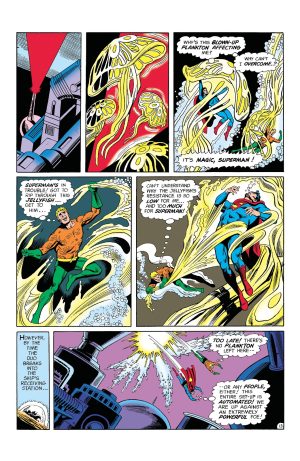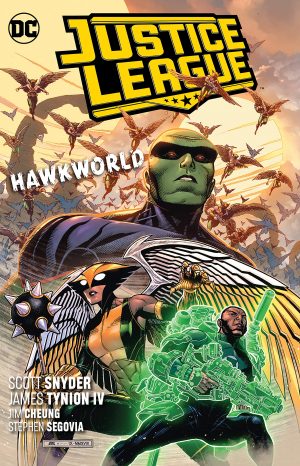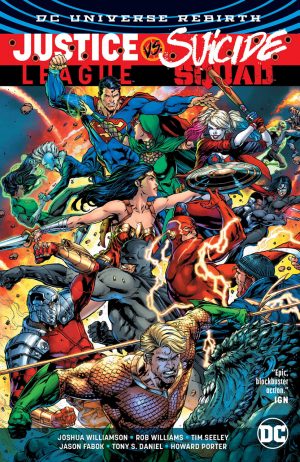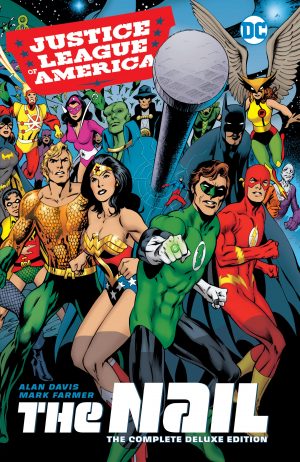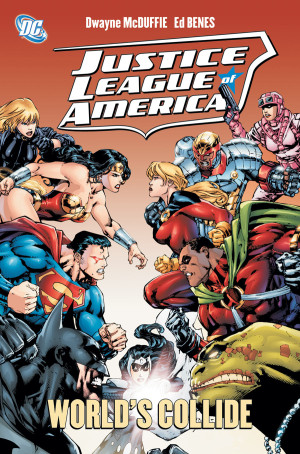Review by Frank Plowright
Your response to The Last Survivors of Earth is likely to rest on what you want the Justice League to be. Do you want them as the planet’s conscience providing the fictional answers only superheroes can to the problems humanity endures? Or do you want them to be the planet’s last hope when Brainiac gathers Gorilla Grodd, Sinestro, Clayface and the Cheetah to find a substance hidden on Earth that will enable him to control the galaxy? Better writers, of course, have proved that the two aren’t necessarily mutually incompatible, but that’s not the case here.
Denny O’Neil and Mike Friedrich take option number one, with their work separated by a batty Robert Kanigher story. It pits the Justice League against an aboriginal tribe, includes the ludicrous stillborn romance of Batman and Black Canary, and features a scientist who considers the world’s problems so bad we should all be wiped out so life can begin again. It has a bonkers quality absent from the earnest remainder, but is it good? No.
Friedrich is slightly better than O’Neil in realising the Justice League requires spectacle beyond a guy in a spacesuit flying around on a mechanical broomstick. However, he’s also responsible for the inexcusable indulgence of a barely disguised SF writer Harlan Ellison fantasising about Black Canary. Both O’Neil and Friedrich pour in the woes of the world, with aliens causing air pollution and humans polluting the seas, which although well meaning are deadly dreary. Only slightly better is Friedrich’s story of a Vietnam vet who discovers people will obey his commands, marred by the irritating second person narrative Friedrich uses. That highlights a technique Friedrich is fond of, with those the JLA fights sometimes being sympathetic.
Dick Dillin drew the Justice League for ten years, but his art never looked better than the cinematic dynamism he supplied over the first year or two, and that’s well represented here. He’s also blessed with sympathetic inking from Joe Giella, when much of his work was blighted by lesser attention. Some of his designs have dated, but others have stood the test of time, like the sympathetic alien and dog pairing. However, late on a few pages are drawn by Neal Adams, who also supplies many of the alluring original covers, and the difference is immense.
O’Neil has some ideas that transform the JLA long term. Ridding them of the irritating teenage mascot is a good start, and he devises their orbiting satellite headquarters, while these superheroes have personalities when they didn’t previously. Friedrich introduces nothing with similar staying power, but the title story is his, featuring the return of Earth’s original inhabitants from space. It has the Justice League members investigating the wider world and some sympathetic characters met, along with a cheerfully whimsical ending, but it’s a compromised story that doesn’t commit. More humanity and less JLA would have improved it, but then it wouldn’t have been a JLA story.
Everything here is well meaning, and credit should be given for early recognition of problems we now realise we’ve let grow beyond control, but so little succeeds as spectacle.
All but the final three chapters are also available in hardcover spread over Justice League Archives Volume 9 and Volume 10, and the entirety is found in black and white in Showcase Presents Justice League of America Volume Four and Volume Five, or in colour as the opening volume of Justice League of America: The Bronze Age Omnibus.
